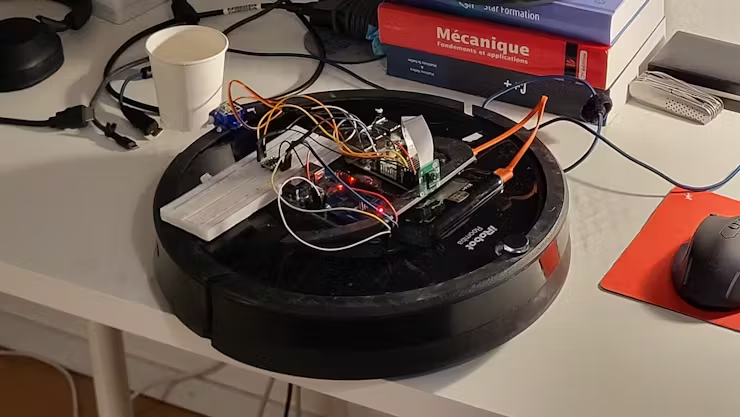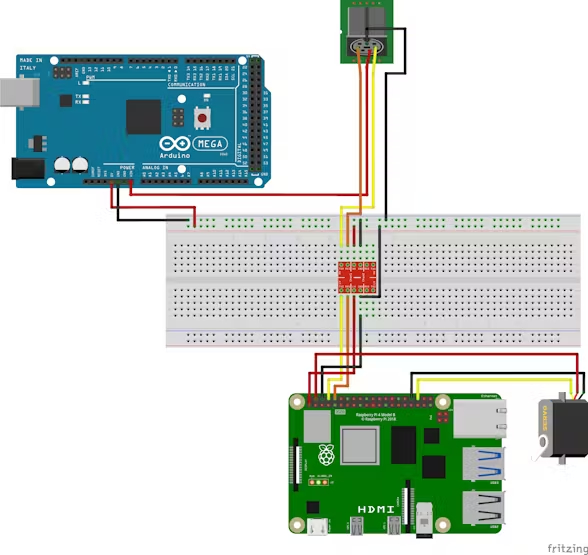[ad_1]
Relating to revitalizing previous {hardware}, there isn’t any board we get pleasure from seeing thrown into the combo fairly just like the Raspberry Pi. This tiny SBC has quite a lot of flexibility and it is at all times enjoyable to see what imaginative methods makers remodel their expertise with a little bit of creativity and ingenuity. In the present day we’ve got a beautiful instance of this phenomenon from maker and developer Joaquim Silveira. Silveira has reworked an previous Roomba vacuum into a very cool Raspberry Pi-powered robot.
The thought for this undertaking got here to Silveira after buying a spare Roomba to salvage restore components from. With an additional vacuum bot sitting round, it did not take lengthy earlier than he determined to cram an previous Raspberry Pi inside and make it do enjoyable stuff. On this case, turning the Roomba into an AI-driven robotic that mechanically feeds his canine.
In response to Silveira, a guideline on this undertaking construct was to make use of as a lot salvageable {hardware} as he might. This meant avoiding the acquisition of latest {hardware} and utilizing elements from tasks previous. Ultimately, the undertaking showcases some great ingenuity that may solely be discovered within the constraints of limitations.
The primary board chosen to drive this undertaking is a Raspberry Pi 4. It is powered by an exterior battery pack and works alongside a 5V Arduino Mega which works as a stage shifter. The Roomba is an older pre-used mannequin that was bought on-line. A digicam module is used to seize pictures in real-time so the Pi can detect when his canine is close by. Ought to the canine be detected, a servo triggers and dumps treats from an previous paper cup.
Silveira has dubbed the undertaking house vacuum and if that identify confuses you, it should make far more sense whenever you notice what software program he is utilizing to drive the unit. As a substitute of rigging one thing along with Python on Raspberry Pi OS, he opted to make use of NASA’s jet propulsion lab flight software program often called Fprime. This supplies a helpful GUI that lets Silveira function the drone and control its stats. The Pi makes use of Tensorflow to deal with the AI picture recognition. You could find the entire supply code accessible on GitHub.
To get a more in-depth take a look at the internal workings of this Raspberry Pi project, head over to the official undertaking web page shared to Hackster.
[ad_2]



